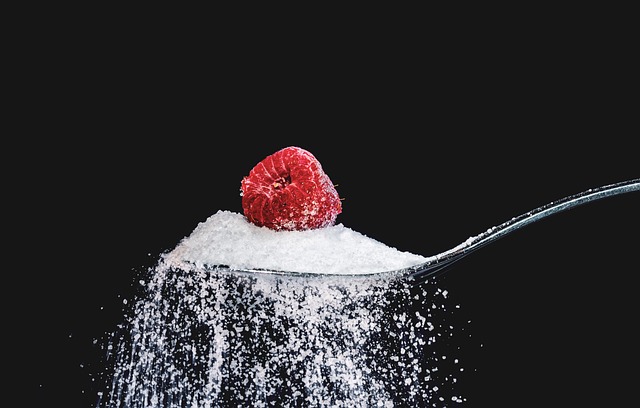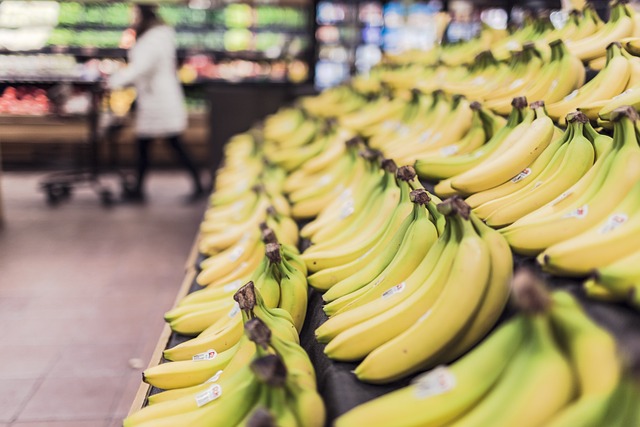Blog: Beyond Yogurt: Exploring Alternative Sources of Probiotics
When we hear the word “probiotics,” the first thing that usually comes to mind is yogurt. Yogurt has been widely marketed as a source of these beneficial bacteria that can improve digestion and boost our immune system. However, there is a vast array of alternative sources of probiotics that are both delicious and nutritious. Let’s explore some of these lesser-known sources and discover new ways to incorporate probiotics into our diets.
1. Kefir
Kefir is a fermented milk drink that is similar to yogurt but has a thinner consistency. It is made by fermenting milk with kefir grains, which are a combination of bacteria and yeast. The fermentation process produces a rich and tangy beverage that is packed with probiotics. Kefir not only helps improve digestion but also promotes a healthy gut microbiome.
To enjoy the benefits of kefir, you can drink it on its own, blend it into smoothies, or use it as a substitute for milk in recipes like pancakes or baked goods.
2. Sauerkraut
Sauerkraut is a type of fermented cabbage that has been enjoyed for centuries. It is made by lacto-fermentation, a process that involves natural bacteria feeding on the sugar in the cabbage, creating lactic acid. This acid not only gives sauerkraut its tangy flavor but also acts as a natural preservative.
Aside from being a good source of probiotics, sauerkraut is also rich in vitamins C and K, as well as fiber. You can incorporate sauerkraut into your meals as a topping for sandwiches or hot dogs or enjoy it as a side dish alongside your main course.
3. Kimchi
Kimchi is a traditional Korean side dish made from fermented vegetables, most commonly cabbage. It is seasoned with various spices, such as chili powder, garlic, and ginger, giving it a unique and spicy flavor. Like sauerkraut, kimchi undergoes the process of lacto-fermentation, which enhances its probiotic content.
In addition to being a probiotic powerhouse, kimchi is also rich in antioxidants and vitamin C. It can be enjoyed on its own, added to rice dishes, or used as a flavorful ingredient in stir-fries.
4. Miso
Miso is a traditional Japanese seasoning made by fermenting soybeans with salt and a fungus called koji. The fermentation process can vary in length and results in different types of miso with varying flavors and colors. This popular ingredient is not only a great source of probiotics but also adds depth and umami to various dishes.
Miso can be used to make flavorful soups, dressings, marinades, and glazes. It can also be mixed with other ingredients to create a tasty spread for sandwiches or a dip for raw vegetables.
5. Tempeh
Tempeh is a soy-based food that originates from Indonesia. It is made by fermenting soybeans with a starter culture, which binds the soybeans together, resulting in a firm cake-like texture. Apart from being a rich source of easily digestible protein, tempeh is also full of probiotics.
Tempeh can be sliced, marinated, and grilled or used as a substitute for meat in various dishes. It can be a fantastic addition to sandwiches, stir-fries, or salads.
By exploring these alternative sources of probiotics, we can diversify our intake of these beneficial bacteria and enjoy a wide range of flavors and textures. Incorporating these foods into our diets not only promotes good gut health but also introduces new and exciting taste sensations. So, why limit yourself to yogurt when there is a world of probiotic-rich foods waiting to be explored?







